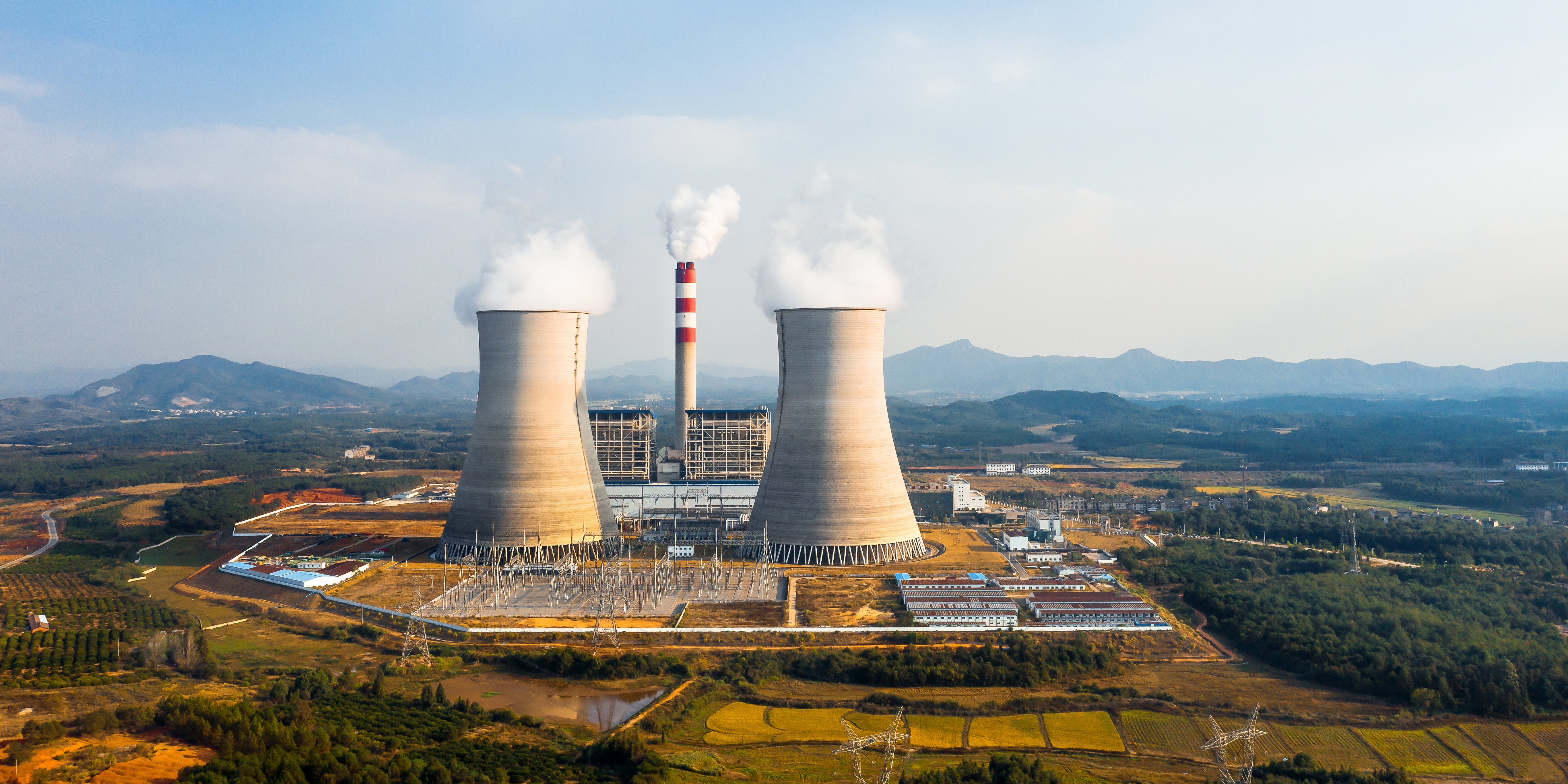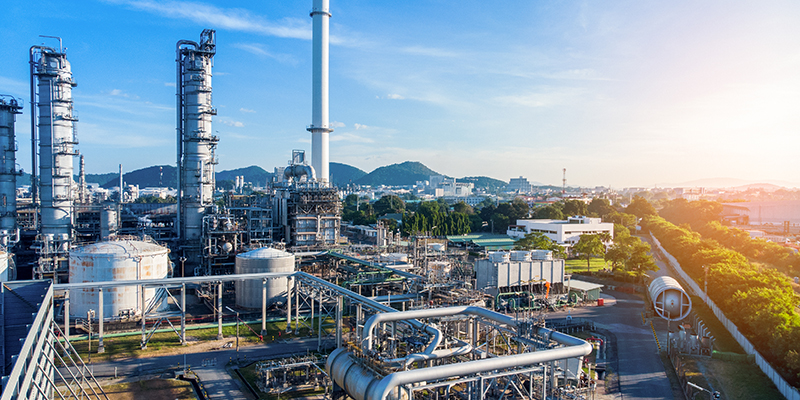
Advanced Safety Measures: Heavy-Duty Lifting Slings for Nuclear Industry
In the demanding landscape of the nuclear industry, where precision, safety, and reliability are paramount, the application of heavy-duty lifting slings has redefined safety measures. These robust slings, built to endure extreme conditions, have become indispensable tools in the nuclear sector.
Ensuring Safety in Nuclear Operations
Safety is the cornerstone of the nuclear industry, and any compromise in this regard can have far-reaching consequences. Heavy-duty lifting slings play a pivotal role in upholding safety standards during various nuclear operations, including maintenance, construction, and decommissioning.
Key Applications
1. Transporting Heavy Components: In nuclear power plants, massive and delicate components need to be moved with precision. Heavy-duty lifting slings provide the strength and stability required to transport these components safely. Whether it's reactor vessels, steam generators, or control systems, these slings can handle the load securely.
2. Maintenance and Repairs: Nuclear facilities require regular maintenance and occasional repairs. Lifting slings are used to access critical areas, allowing technicians to perform tasks efficiently while maintaining safety. Their durability ensures that maintenance operations can be carried out over time.
3. Decommissioning: As nuclear facilities reach the end of their operational life, decommissioning becomes a complex task. Heavy-duty lifting slings facilitate the dismantling process by enabling the removal of heavy radioactive materials and equipment with precision and care.
4. Emergency Response: In rare instances of emergencies or accidents, heavy-duty lifting slings can be instrumental in swiftly moving and securing critical equipment. Their quick deployment can mitigate risks and minimize the impact of adverse events.
Why Heavy-Duty Lifting Slings?
1. Exceptional Strength: These slings are designed to withstand extreme loads and harsh environmental conditions commonly found in nuclear facilities.
2. Durability: Built from high-quality materials, heavy-duty lifting slings are known for their longevity, reducing the need for frequent replacements.
3. Safety: They are equipped with safety features such as reinforced stitching and anti-slip surfaces, ensuring that loads remain secure during transport.
4. Flexibility: These slings can be customized to suit specific needs, adapting to different shapes and sizes of loads.
5. Radiation Resistance: Some heavy-duty slings are designed to resist radiation exposure, making them suitable for use in nuclear environments.

In conclusion, the nuclear industry demands the highest level of safety and precision, and heavy-duty lifting slings have emerged as indispensable tools to meet these requirements. Their exceptional strength, durability, and adaptability make them an essential component in ensuring the safe and efficient operation of nuclear facilities.

